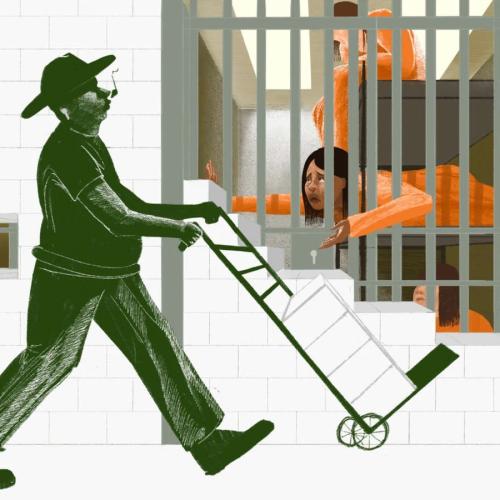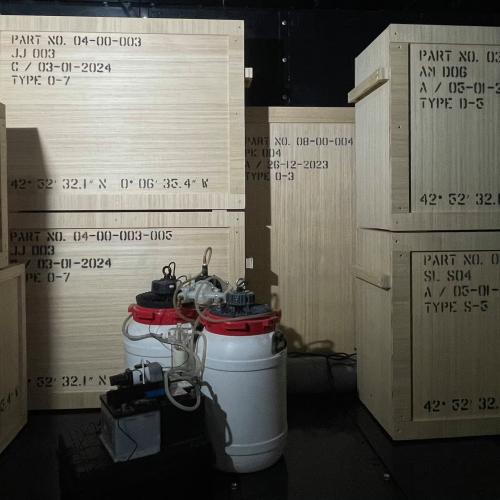Related Stories
China's zombie factories and unborn cities
Key Excerpts from Article on Website of BBC News
Posted: March 13th, 2017
http://www.bbc.com/future/story/20170223-chinas-zombie-facto...
Between 1984 and 2010, the amount of built-up areas in China increased nearly fivefold. To construct these new urban zones, China used more concrete in the three years between 2011 and 2013 than the whole of the United States used in the 20th Century. Yet even in the worlds second largest economy, the rate of development has overtaken demand. The shift from industries like steel production to electronics, telecommunications and biotechnology has happened very quickly. Europe and the United States underwent a similar shift over the course of several decades. Chinas high-tech revolution took just a few years. [Some] factories that have been unable to survive these changes lie empty. This shifting industrial landscape has also left its mark on the cities built for the migrant workers. Large urban areas have become ghost cities [as] developers have gone bankrupt, leaving housing developments empty. A study by Chinese search giant Baidu identified 50 huge regions across the country where newly built residential housing was largely uninhabited. Photographer Kai Caemmerer has been documenting some of the empty cities in China for the past two years. He does not think the label ghost town is accurate. These places are built in anticipation of a need. In fact, an enormous relocation could soon be underway. The Chinese government has said it intends to move 100 million people from rural parts of the country into cities by 2020.
Note: The article above features many pictures of China's unique manufactured landscapes. For more along these lines, see concise summaries of deeply revealing news articles about corruption in government and in the corporate world.
Related Stories
Latest News
Key News Articles from Years Past












































































